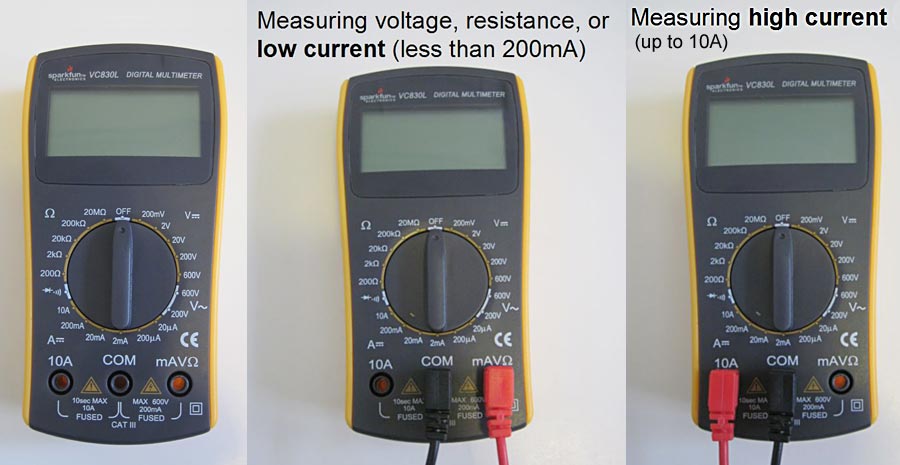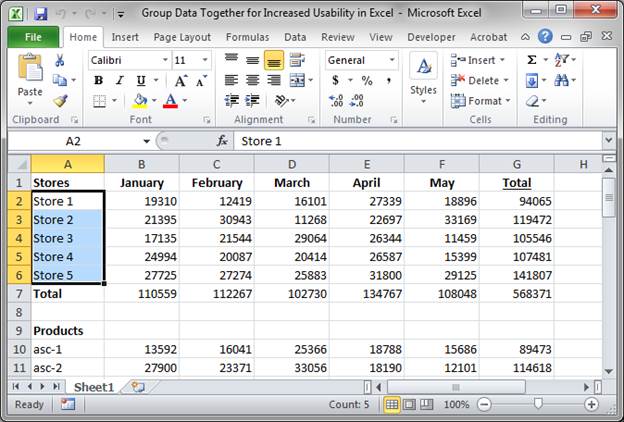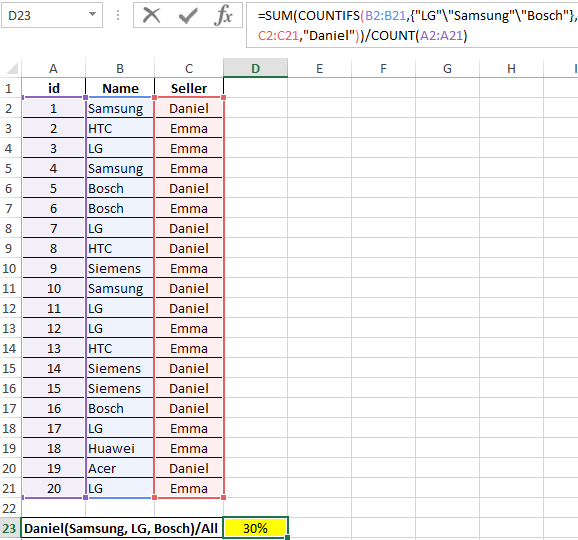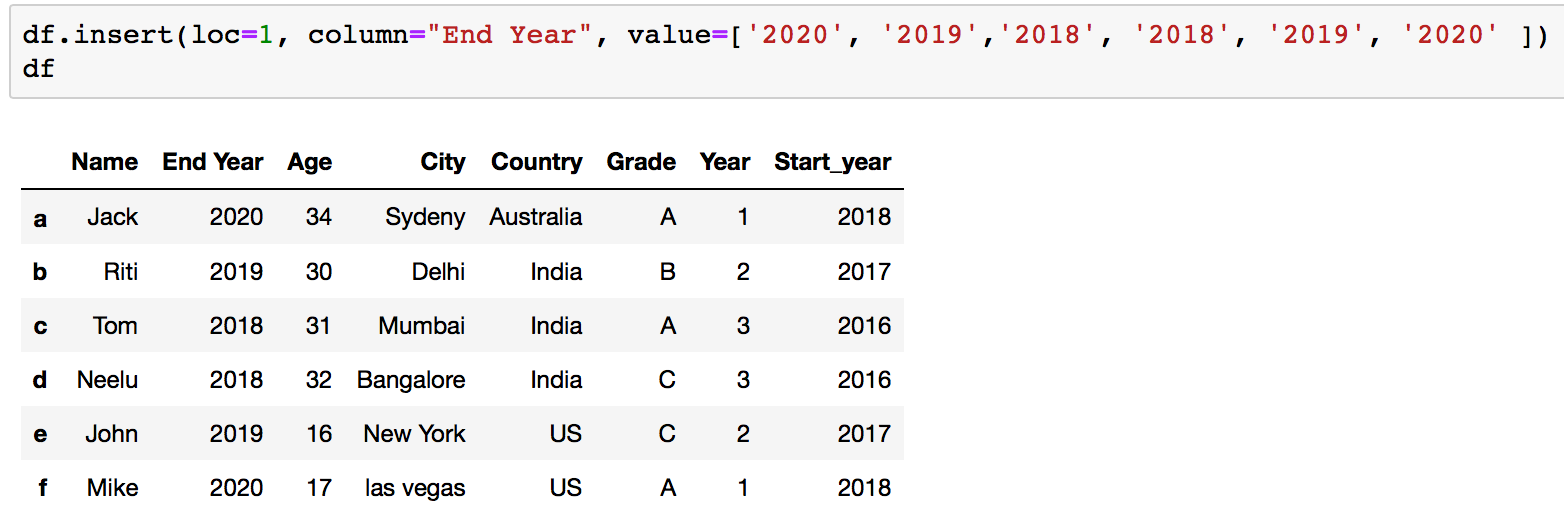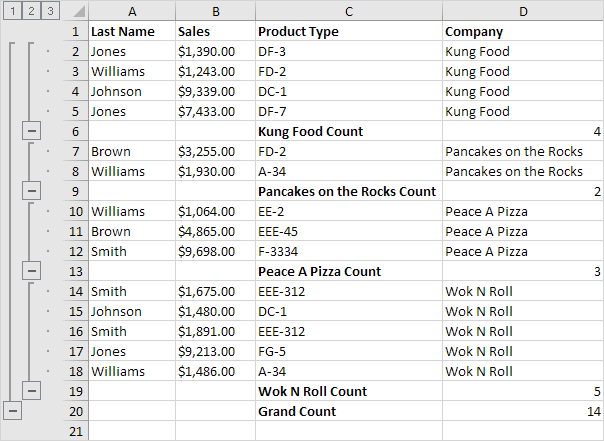Volume is an amount of space, in three dimensions, that a sample of matter occupies. The number and the phase of the molecules in the sample primarily determine the volume of a substance. Volume will be measured in many ways in this course, but the units are usually milliliters or cubic centimeters . Methods for determining or delivering precise volumes include volumetric pipets and pycnometers; less precise methods include burets, graduated cylinders, and graduated pipets. Displacement is usually the method that is used to measure the volume of an irregularly shaped object.
How To Measure Volume Science The object is simply submerged in a liquid and the volume of liquid that is displaced is measured. As an example imagine a 100 ml graduated cylinder with 50 ml of water in it . At its most basic level, volume is simply a measure of space. When measuring the volume of a liquid, sometimes referred to as capacity, the units liters and milliliters are used.
Devices used for this measurement include graduated cylinders, beakers, and Erlenmeyer flasks. In this lesson, students will cooperatively measure the mass and volume of three different-colored crayons as a solid. After recording measurements, students will place their crayons in molds in order to change the state of matter from a solid to a liquid through heating. The teacher will pour the liquefied crayon into a graduated cylinder to measure the volume. Following the measurements recording, the liquid will be poured back into the molds and placed in a cool/shaded environment so the crayons will change back into a solid state.
Once the crayons re-solidify, the students will take their student-made, tie-dye crayon out of the mold and re-measure it. Lastly, the students will measure and compare their final measurements to the initial measurements. Students will learn how to use a graduated cylinder to make observations based on the volume of liquids. Students will solve word problems based on volume and measure out given liquid volumes. This lesson could also be taught using mathematics instructional time. To use the water displacement method, an object is inserted into a graduated cylinder partially filled with water.
The object's volume occupies space, displacing liquid and raising the water level. The difference between the two volumes, before and after the object was inserted, is the object's volume. Because many objects are not regularly shaped their volume cannot be determined using a volume formula. The volume of these objects can be found by water displacement. A volume of water sufficient to cover the object is placed in a graduated cylinder and the volume read.
The object is added to the cylinder and the volume read again. The difference between the two volumes is the volume of the object. This method is demonstrated using the same battery used above. Dry measuring cups come in varying sizes for each specific volume measurement. While a 1 cup dry measuring cup is the same size as a 1 cup liquid measuring cup, these two tools function best for their intended use. Dry ingredients are most accurately measured in a dry measuring cup.
Liquid measuring cups are clear and have have a variety of volume measurements marked on the outside of the cup. Liquid measuring cups should only be used to measure liquids because it is impossible to level off a dry ingredient in a liquid cup so that it is measured accurately. Similar to beakers, graduated cylinders are tall, cylindrical containers with a spout for pouring. They have hash marks on the side to measure the volume of a liquid. Most labs have graduated cylinders in a variety of sizes. Typical volume measurements are 10 mL, 25 mL, 50 mL,100 mL, 500 mL and 1,000 mL.
The Archimedes water displacement method is one of the most convenient and easiest methods of measuring the volume of an irregularly shaped object. And you don't need a bathtub for it to work either! As you will see, you can practically apply this method with just a few basic equipment and by using the following steps. In this lesson, students will estimate water volume in three containers and record observations. Following estimations, students will directly measure the volumes using an appropriate method.
A following measurement will be used to determine the difference between their volume estimate and the actual measured volume as distributed across three vessels. A graduated cylinder, measuring cylinder or mixing cylinder is a common piece of laboratory equipment used to measure the volume of a liquid. Each marked line on the graduated cylinder represents the amount of liquid that has been measured. Students will make learn how to find the volume of irregular objects using a graduated cylinder.
Students will solve problems based on the volume of irregular objects and determine the volumes of given objects. Most people don't keep graduated cylinders in their homes. The closest thing to it would be a liquid measuring cup, which will accomplish the same task, but with a lot less accuracy. There is another way to calculate volume using Archimede's displacement method. What do you do with an irregular object, though, such as a pen or a rock?
The Greek philosopher Archimedes was faced with this problem when he was asked to find the density of the king's crown. The displacement method is still the standard way to determine the volume of an irregularly shaped object. The accuracy of the markings on laboratory glassware varies. Larger containers, like beakers and flasks, are typically ±5% of the total volume.
They are generally used only when the volume measurement does not need to be precise. For graduated cylinders, the margin of error, or tolerance, is about 1%. Volumetric Flasks and Cylinders Volumetric cylinders and volumetric flasks are used to measure volume of liquids contained in them.
They are calibrated for volume included in them – this is indicated by the marking "IN". The liquid has accurate volume when it reaches the corresponding marking on the scale. Rulers, tape measures, graduated cylinders, measuring cups, etc. 3. How would you find the volume of a regular sized object like a box? Measure length, width, and height and multiply. Today they will practice measuring different liquids.
They will use a container called a graduated cylinder to measure liquids. Graduated cylinders have numbers on the side that help you determine the volume. Volume is measured in units called liters or fractions of liters called milliliters . Measuring the volume of irregularly shaped objects by immersion can be an idea for a science project in the area of physical science or physics.
The biggest problem is in verifying that your results are correct. You could establish an empirical rule using known volumes before using the method on unknown volumes. Measuring cylinders help in finding volume of liquids, but what of bodies with irregular shapes? This video shows how to use the water displacement method to... The change in water level equals the volume of the submerged object. This method is more accurate than measuring water that has spilled out an overflowing beaker.
You may need to remind students of the need for accuracy, not only in the weighing of the objects, but also in measuring the volume of displaced water. Liquid measuring cups are the most accurate way to measure thin liquids, like water, milk, juice, and oils. They are made of transparent glass or plastic, and have markings on the sides to indicate volume in both metric and English units. The density of water is measured before the oil because water can be easily and quickly rinsed out of the measuring cylinder and oil cannot.
Volumetric cylinders and volumetric flasks are used to measure volume of liquids contained in them. They are calibrated for volume included in them - this is indicated by the marking "IN". Some of this might be fiction, but Archimedes' idea to calculate the volume of an object and its density if you know the object's weight was fact. Add the object, being careful to eliminate air bubbles. The volume of the object is the initial volume in the cylinder subtracted from the final volume. If you have the object's mass, its density is the mass divided by its volume.
Liquid occupies the space in any container it is kept. So we can measure the volume of a liquid with the help of a graduated container. It is a glass jar with a flat base having equal diameter all along its length. The wall of the cylinder is graduated in milliliter. In Part A the buret is more precise in measuring the volume of a liquid than using a graduated cylinder or beaker. In part B, the buret is accurate in being able to read measurements forvolume.
Using a pipet is accurate in being able to give precise volume. The object is simply submerged in a liquid and the volume of liquid that is displaced is ... Use a graduated cylinder and water to accomplish this task.
In science, length may be measured with a metric ruler using SI units such as millimeters and centimeters. Scientists measure mass with a balance, such as a triple beam balance or electronic balance. In science, the volume of a liquid might be measured with a graduated cylinder. In this SaM-1 video, students will learn how to use a graduated cylinder to make observations based on the volume of liquids.
In this SaM-1 Video, students will learn how to find the volume of irregular objects using a graduated cylinder and the displacement method. In this SaM-1 video, students will learn how to measure the mass of solids and liquids using a balance. Students will learn that they need to subtract the mass of the container the solid or liquid is in to determine the mass of only the solid or liquid. Students will then make observations and sort items based on mass.
In this lesson students will investigate what mass and volume are and how they are measured. Students will practice measuring the masses of solids and volumes of liquids. Students will have a chance to work cooperatively with their peers and apply their knowledge to a real-world problem. Calculate the uncertainty in the mass of water removed using error propagation. Convert this mass to volume units by dividing by the density of water (use a precise value, specific to the water's temperature).
This value equals the uncertainity in the volume of the metal cylinder. For less defined shapes, volume can be determined by water displacement. Volumes of liquids such as water can be readily measured in a graduated cylinder. Mass and volume are extensive properties of matter - they depend on amount. Density, an intensive property, is a kind of "heaviness" factor.
In macroscopic terms, density reflects how much mass is packed into a given three-dimensional space. Typically, densities are reported g/ml or g/cm3 (which are equivalent because 1ml ≡ 1cm3). Experimentally, mass and volume measurements are required to calculate density. We're going to see a question that is named two devices which are used to measure the volume of an object draw their new diagrams.
So it is given measuring weaker can be measured and measuring surrender also can be used. So all we are going to measure you know for sure she should take in the Getting surrender on measuring Beaker so we should insert some what if you want to get a volume of stone. If you drop the stone into this measuring Beaker. So first you should note down the initial volume of it initial volume.
And then you also know down the after dropping the store in it the final volume the volume will be defeated going to be this. So now we are going to calculate the volume of it is final minus initial final volume minus initial. Volume Pretty severe going to find out the volume of different objects. So the main thing is what is the objects are going to measure which objects are going to useful to measure the volume of different objects. That is measuring Beaker and the measuring cylinder. Okay, so I have you understood this video and thanks for watching this video.
Volumetric labware is for measuring liquids with precision. Volumetric flasks, burettes, and pipettes made for measuring small amounts of liquid are the most accurate, with tolerances of less than ±0.02. Research and testing require precise measurements, and many lab vessels are even designed to account for the liquid residue that clings inside a flask. Therefore, scientists can be confident that the measurements poured out of volumetric glassware are precise and accurate. We will discuss here about the methods of measurement of volume of a substance.
Liquid substances do not have any specific shape. It takes the shape of the container in which it is kept. So we cannot measure liquid with a measuring tape or a scale. But we can measure the volume of a liquid very easily. Graduated cylinders, beakers, volumetric pipets, burets and volumetric flasks are five kinds of glassware often used to measure out specific volumes. Volumetric pipets, flasks and burets are the most accurate; the glassware makers calibrate these to a high level of accuracy.
Then this method can be used to measure the volume of irregularly shaped objects. In this experiment, you will measure masses and volumes to determine density. Four different metal cylinders are investigated.
In parts 1-3, three different methods are used to find volume of two solid metal cylinders . Although there are a number of non-metric units of measurement still in widespread use for measuring the volume of a liquid , we ... A measuring cup can be used to measure volumes of liquids. This cup measures volume in units of cups, fluid ounces, and milliliters. Volume is the quantity of three-dimensional space enclosed by some closed boundary, for example, the space that a substance or shape occupies or contains.









